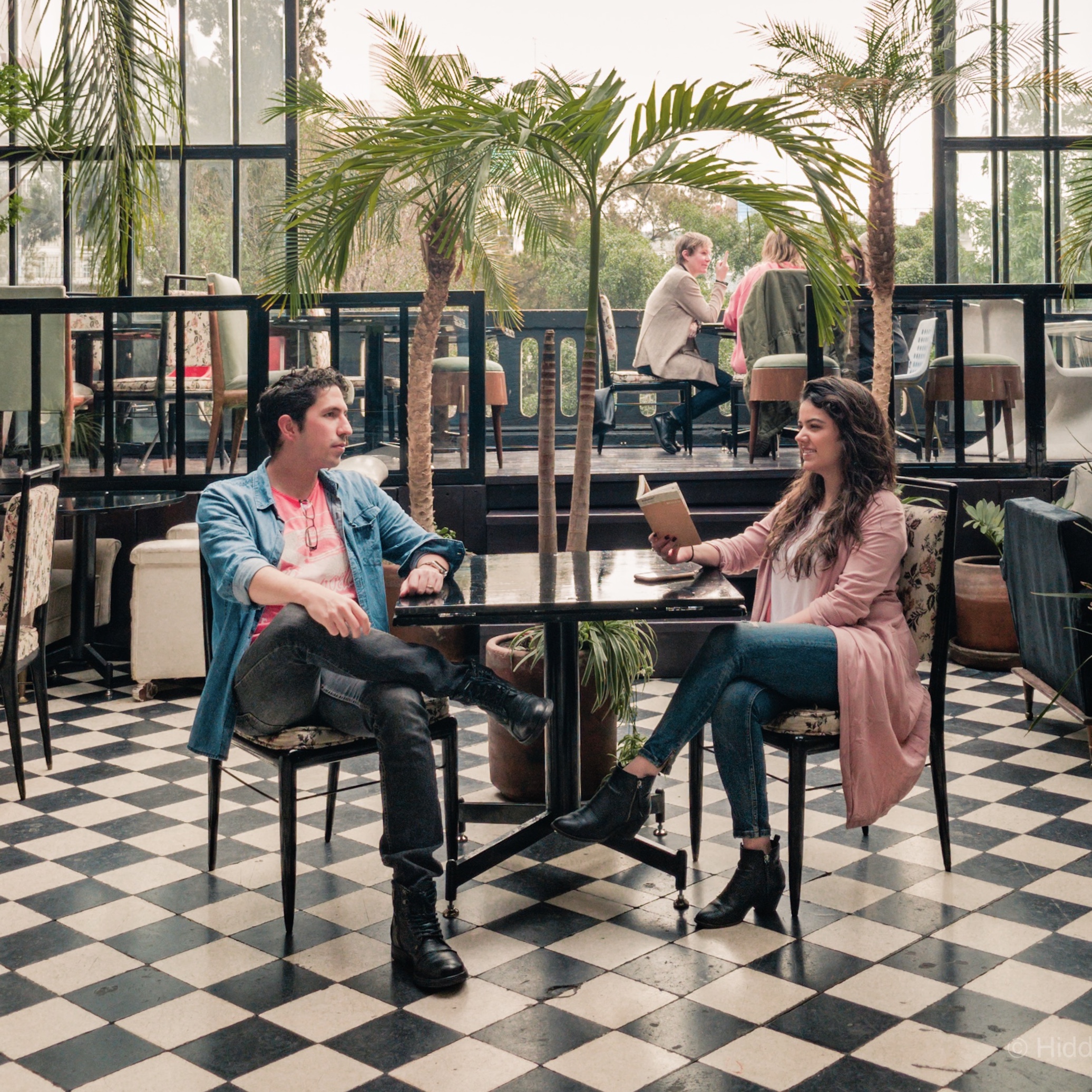
We get a lot of questions as to why we decided to become travel bloggers specialized in Mexico, and this archaeological site sums up our reasons perfectly… Before our last trip to Quintana Roo we had never heard about Cobá. We’re not proud, because as Mexicans we should know all about our country (or if not all, at least its major sites), right? But well, that’s the embarassing truth.
Between “so much to see”, “so little time”, and finding other unknown countries more appealing to travel to at the moment, we realized that we had been to many places in Europe and Asia –hell, we even spent a month hopping around some of Thailand and Cambodia’s ruins–, but we had never visited one of the most important Mayan cities (in our very own country)! And, to our surprise, finding out that Cobá is probably our favorite archaeological site in the region…!
Not to say that we won’t travel abroad anymore, but it was an eye opening moment: we hadn’t seen all that our beautiful country has to offer and we were searching elsewhere what we had right under our noses…
Taking a closer look
Before the rising of Chichén Itzá, Cobá was one of the biggest, most important and most powerful Mayan cities in the region. Imagine 70 squared kilometers of dense jungle, the tallest pyramid in the peninsula, two ball-game courtyards, five lakes that were essential to its survival, hundreds of carved steles with Coba’s history, tons of temples and housing complexes, and over 50 roads connecting the city.
There are many ways to get around this archaeological site, but renting a bike and discovering it by yourself is by far the best. We are not the most skilled bikers, so you can imagine the giggles while trying not to kill ourselves and others…







Why is it our favorite archaeological site?
Do you ever feel like popular archaeological sites, like Teotihuacan, Tulum or Chichen Itzá, have this air of ‘large scale maquettes’, perfectly adapted to welcome visitors? Agree. They’re absolutely stunning nonetheless, but they lose their ‘realness’ in the process…
Cobá, on the other hand, despite not having jaw-dropping buildings like other sites in the region, still preserves it’s essence and really transports you back in time. Riding across the jungle felt like we were mimicking the Mayan footsteps. As if we could sense their presence.
Plus, it has way less visitors. And the few who go concentrate in Nohoch-Mul Pyramid, so you’ll feel like you have the rest of the place to yourself.

Small (hippie) tip
If you are coming from Tulum, have your eyes open for these lovely dream catchers on the side of the road. We bought a big one for $300 mxn and looks lovely above our bed!

Useful information
- Cobá is 40 minutes from Tulum.
- We stayed at this hotel in Tulum. Nice and affordable!
- Entrance fee $70 mxn + parking lot $50 mxn
- You can get around Cobá by foot, riding a bike ( all-day bike rental: $50 mxn) or hiring a taxi-bike (1.5 hrs for $125 mxn).
- Don’t worry about the bikes. We were nervous at first and didn’t want to take our eyes off of them, but, trust us, as long as you leave them on the designated areas, no one will take them. Not even ‘by accident’.
- If you want, there are guides at the entrance (must haggle the price, because they’re crazy expensive). If not, there’s information available in English in almost every building.
- Wear comfortable shoes! Especially if you plan on climbing Nohoch-Mul pyramid.
- We went in November and had some small showers. Don’t leave the site if it happens, they’re usually quick and light. If it gets worse, just take cover for a couple of minutes. By the time you finish looking around, the heat will have dried your clothes.

